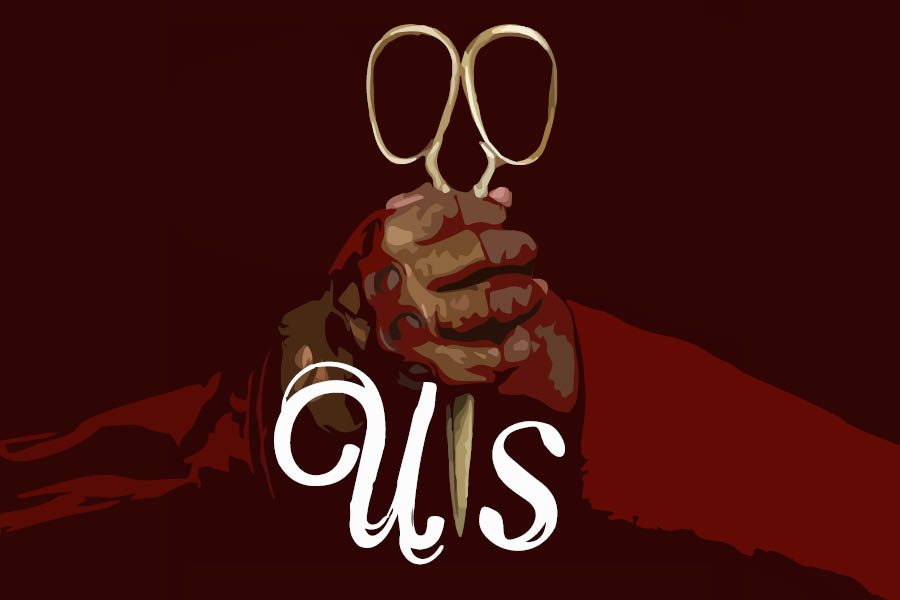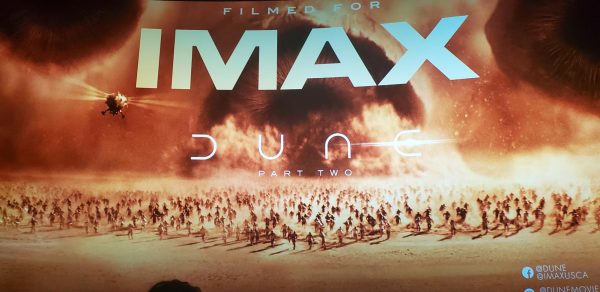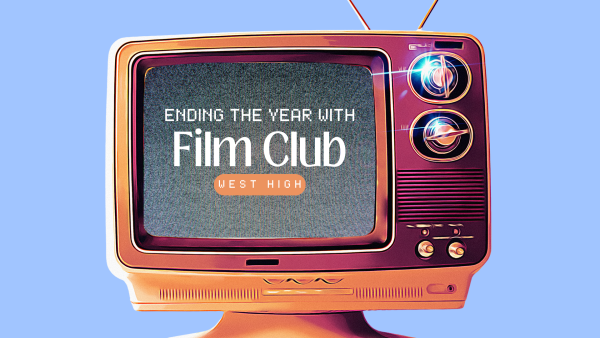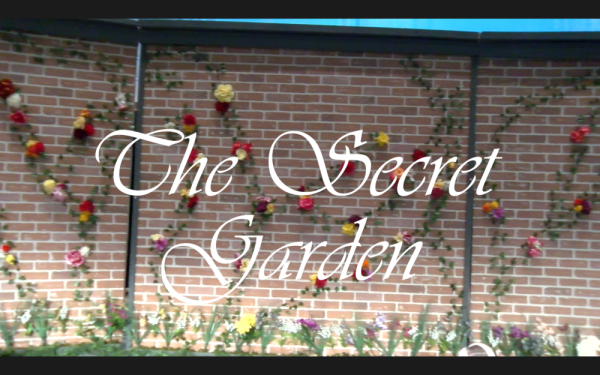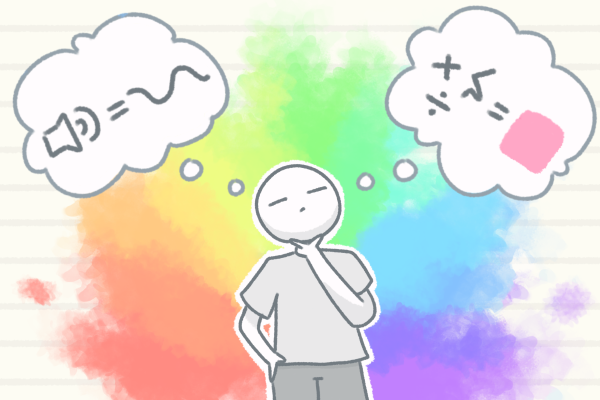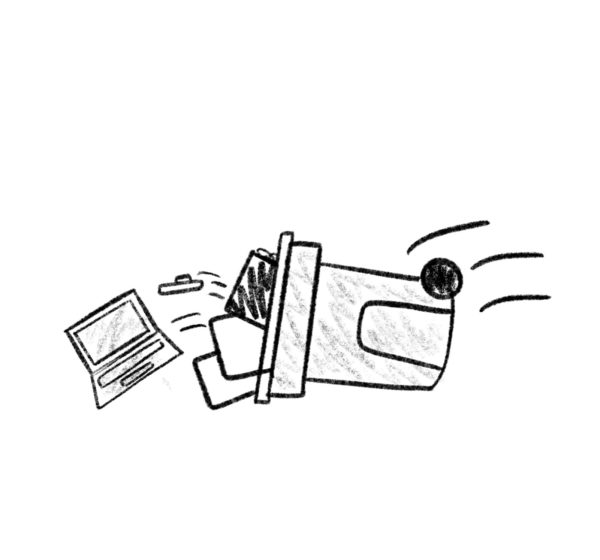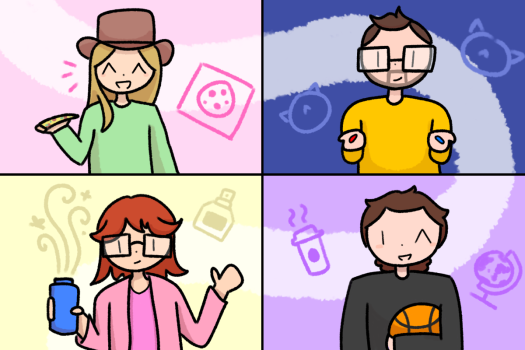“Us” is a smart and scary work of modern horror
Jordan Peele’s latest film, “Us,” has been an immense success with both audiences and critics. WSS offers their take.
If you haven’t seen the film “Us,” yet, stop reading this now. I don’t usually give so-called “spoiler warnings” before my reviews because I think it’s up to the reader to make that decision. But to read extensively about Jordan Peele’s latest film before seeing it in the theater would be to spoil the spell the film casts. It’s as engrossing a film as his previous offering, “Get Out,” maybe even more so. More on that later.
Jordan Peele’s second feature, “Us,” follows a family staying in a summer house on vacation. Long story short, they end up encountering carbon copies of themselves who seem to have malicious intentions. As the plot progresses, it becomes apparent that they are members of a species known as “The Tethered,” an underground race that consists of exact duplicates of everybody on the surface level of the planet, except that the circumstances they have to live with are considerably inferior. They come to the surface to finally get their due, in a sort of revenge.
What immediately struck me about “Us,” was how effective it was as a straight up horror movie. It’s a departure from the impressive genre melding of “Get Out;” a social thriller with absurdist satirical elements and some horror sprinkled in for good measure. But that film was, at least from a genre perspective never scary in the same way that a typical horror movie is scary. To me at least. But “Us,” is scary and keeps you on the edge of your seat in a much simpler, but vastly more engaging way. You could say that what Peele is dealing in here is closer to “cheap thrills,” but phrasing it that way would undermine the skill with which he crafts the picture. He’s obviously a connoisseur of horror movies, and he knows how to make the film work. Efficient use is made of the camera, not everything is shown just for the sake of gore. He leaves it open to the viewer’s imagination without forgetting the importance of visuals in fueling it.
The other impressive thing about the film is the way that it manages to work in a message. Or messages, depending on how you look at it. It’s not as in your face with the social commentary as “Get Out,” was. While he made it very clear that he was making a statement with that movie, in this case, he’s more sly. There are definitely statements within the film, but they painted in broader strokes. For example, the Tethered could be metaphors for any number of oppressed groups in America, with most seeing them as an allegory for race or the class system. While some viewers may find this ambiguity unsatisfying, I think that it makes for a more engaging experience. Either way, the film’s premise could serve as a wakeup call for some viewers. Peele definitely wants audiences, especially white ones, to consider how they could be more well off than their tethered counterparts. The ambiguity allows them to define for themselves who these counterparts are in the real world.
None of this would be half as effective if it wasn’t for the stellar cast that Peele has assembled for the film. Almost everybody does a respectable job, but Lupita Nyong’o, in particular, knocks it out of the park as the mother, Adelaide, and her tethered counterpart, Red. The genius of her work in this movie is that she basically plays two roles and sells both of them as being completely different entities with subtle similarities that link them. As Red, her face is forced into a grotesque smile, sharper at the edges. I also love the raspy reinterpretation voice she employs, which was the target of some unfounded controversy. This kind of voice may not be original in horror movies, but the way Lupita delivers her lines takes it a step farther. It sounds like she’s laboring to get out each individual word.
You can tell that she put a lot of work into understanding the duality of these characters. Her performance is what firmly cements the idea of the Tethered for the viewers, making it feel real and lending further authenticity to the ideas Peele is dabbling within the film.
“Us” is thankfully not a retread of Peele’s previous film. However, it’s not a follow up that eschews everything that film did right. Rather, it plays up some of his talents that weren’t on display as directly in that film (his inclination for classic horror films) and tones down a couple of other things, namely his comedy and social commentary, without being rid of them completely. What we’re left with is a masterfully crafted horror film, one of the better offerings from that genre in recent years if I may be so bold. Each piece works to contribute to the film’s mastery; direction that keeps you on the edge of your seat, writing that gives you just enough to be satisfied as a viewer while still allowing for guessing and stunning performances from the cast. I ended my review of his last film by calling it “a well-made masterpiece of modern horror.” I would say that the same applies to “Us,” for a host of different and equally wonderful reasons. Peele is a true original in modern auteur cinema.
Your donation will support the student journalists of West High School. Your contribution will allow us to purchase Scholarship Yearbooks, newsroom equipment and cover our annual website hosting costs.
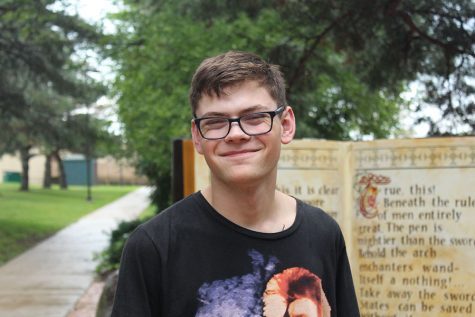
Harry Westergaard is a senior at West High and this is his third year on staff. He does a little bit of everything on staff, working primarily as the Arts...


